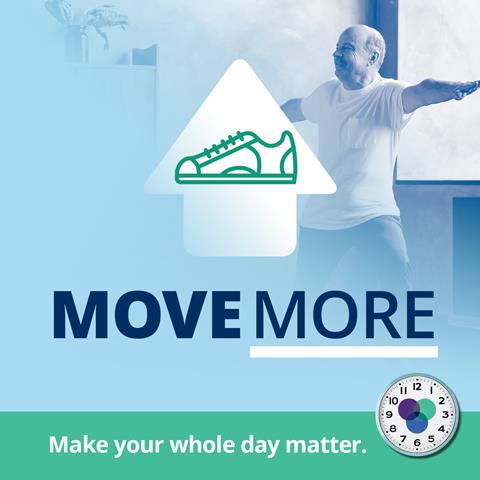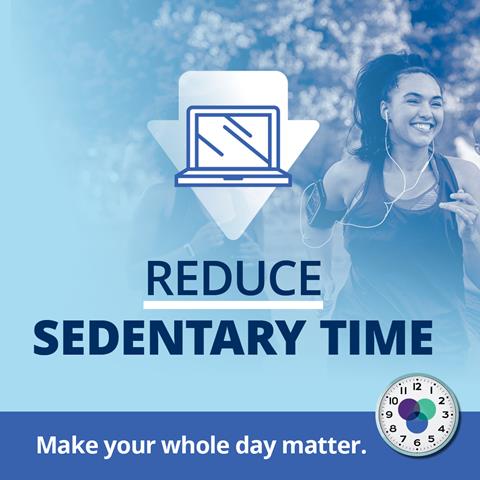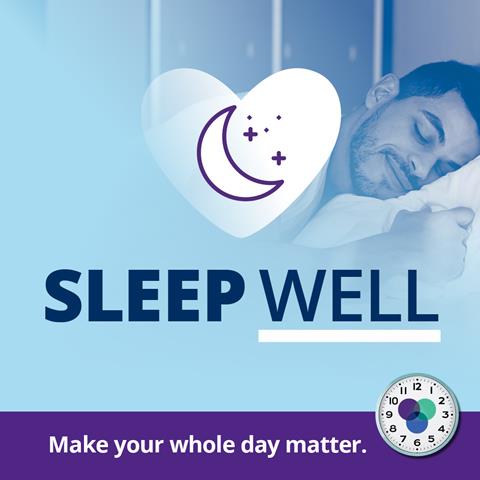Congratulations to Kinesiology postdoctoral research fellow, Carly Priebe, Kelly Wunderlich and Guy Faulkner of the Population Physical Activity Lab for her recently published article in Cambridge Core.
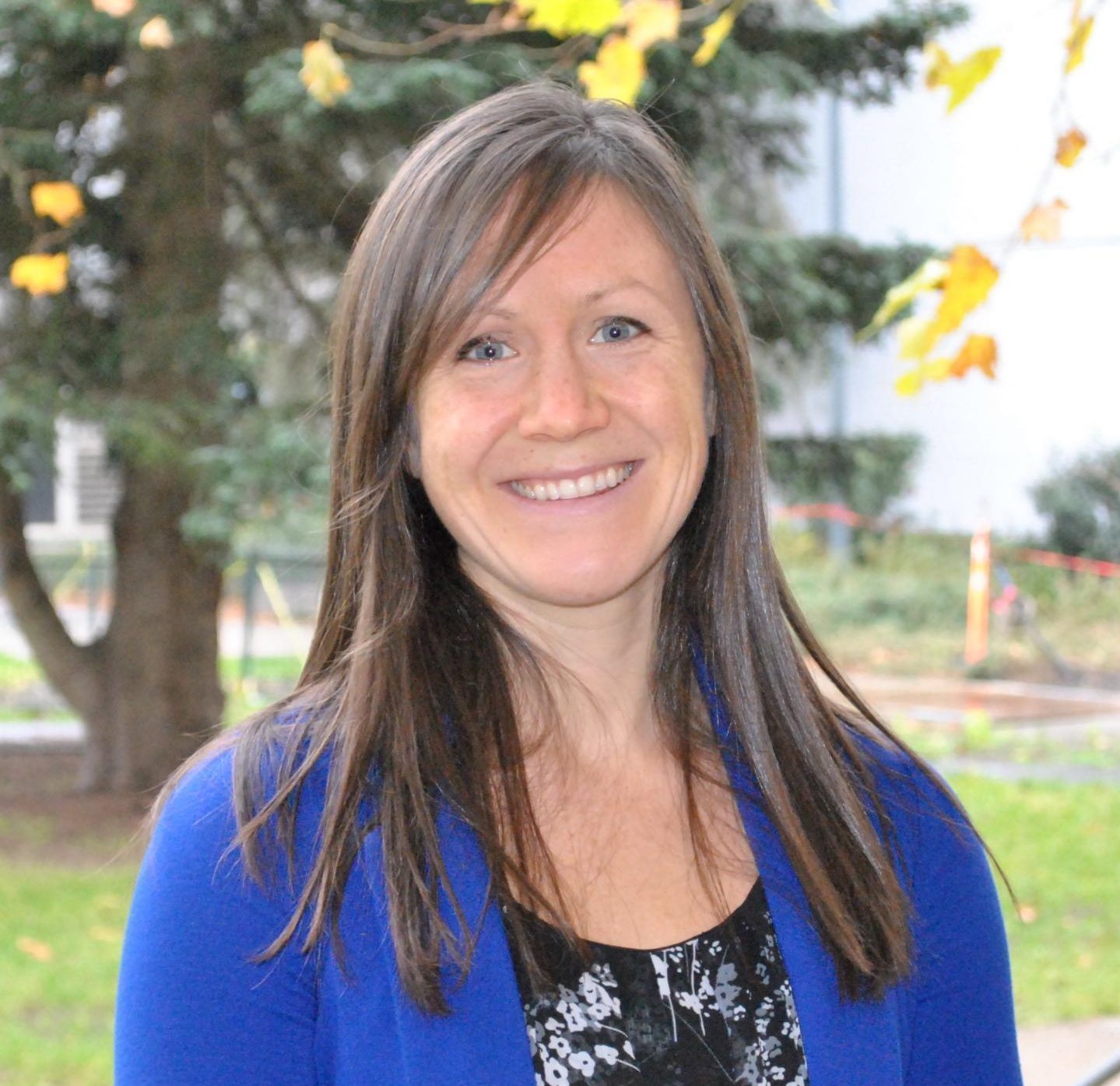
Carly Priebe
 Kelly Wunderlich
Kelly Wunderlich
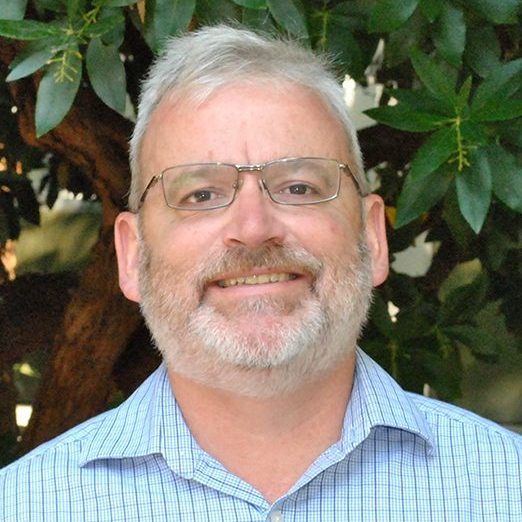
Guy Faulkner
Walk or Run to Quit was a national program targeting smoking cessation through group-based running clinics. Increasing physical activity may facilitate smoking cessation as well as lead to additional health benefits beyond cessation.
The aim is to evaluate the impact of walking or running to quit smoking over 3 years.
Find the paper here.
New Paper Out
Oct. 26, 2020 – New paper out by Dr. Carly Priebe, Kelly Wunderlich, Dr. Guy Faulkner and colleagues on a 3-year evaluation of a physical activity-based smoking cessation intervention called Walk or Run to Quit. Read it here!
Congrats Dr. Duncan!
Oct. 22, 2020 – Many congratulations to Dr. Mark Duncan who recently passed his doctoral defence!
New Paper Out
Oct. 16, 2020 – New paper out on the relationships between children’s independent mobility, physical activity, and active transportation. The major takeaway: independent mobility is associated with more active transportation and physical activity regardless of where children lived. Read it here!
New Paper Out
Oct. 16, 2020 – New paper out on the development of the new Canadian 24-Hour Movement Guidelines for Adults aged 18–64 years and Adults aged 65 years or older: An Integration of Physical Activity, Sedentary Behaviour, and Sleep. Read it here!
Canada’s First Ever 24-Hour Movement Guidelines for Adults Help Make the Whole Day Matter
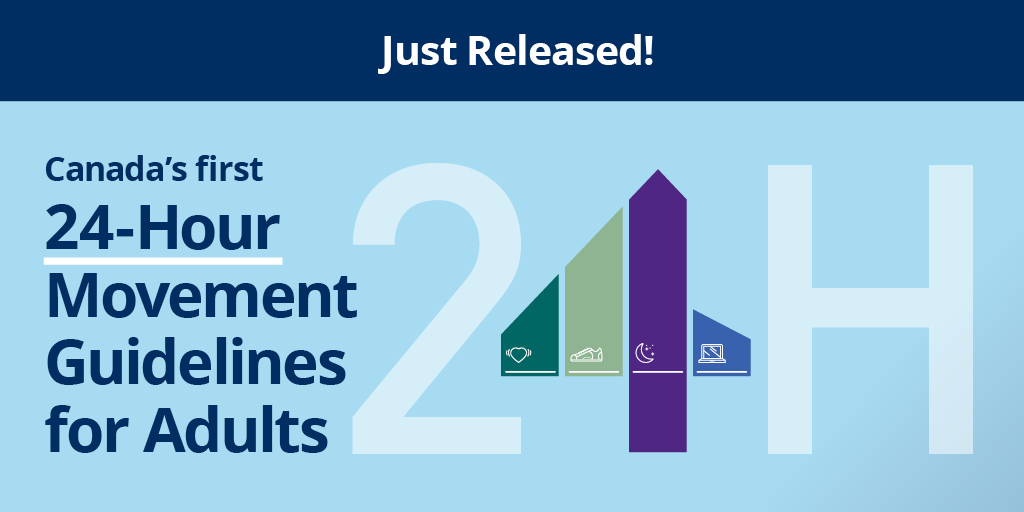
Canada’s first 24-Hour Movement Guidelines for Adults offer clear direction on what a healthy 24 hours looks like for Canadian adults aged 18-64 years and 65 years or older.
These guidelines are unique because they don’t just focus on a single movement behavior, but instead look at how all these integrate together. This is the first time there are recommendations on various types of physical activity woven together with guidance on sedentary and sleep behaviors for these age groups. Following the Canadian 24-Hour Movement Guidelines for Adults can help you make your whole day matter.
The guidelines focus on three core recommendations, but it is important to note that all types of movement matter, and a balance is required for best health.
- Move More: Add movement throughout your day, including a variety of types and intensities of physical activity.
- Reduce Sedentary Time: Limit sedentary time to 8 hours or less per day including no more than 3 hours of screen time and breaking up long periods of sitting where possible.
- Sleep Well: For those aged 18-64 set yourself up for 7 to 9 hours of good quality sleep on a regular basis, and 7 to 8 hours for those 65+ years. Consistent bed and wake up times are also key.
In a year filled with unprecedented dangers to our mental and physical health, Canadians need to take advantage of the many benefits that come from being active.
- These guidelines arrive at a critical time in the country’s overall health. Social distancing measures and economic challenges have fuelled unprecedented physical and mental stress for many Canadians. The recommendations contained within these guidelines for a healthy 24 hours should be an essential foundation for our overall health.
- Some activity is better than none! The routine rituals of daily living such as casual neighbourhood walks, gardening, household chores and taking stairs instead of the elevator all contribute towards a healthy 24 hours. Learn more at csepguidelines.ca.
